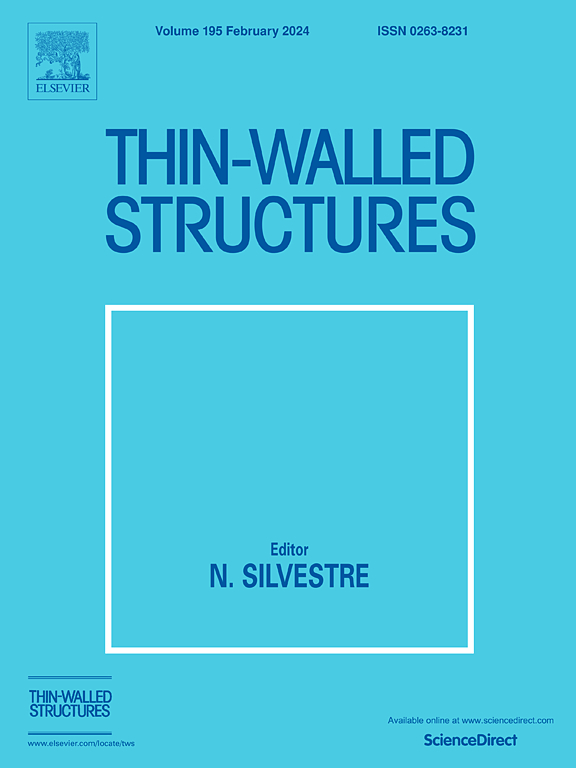Enabling sequential logic leveraging time delays of thin-walled soft matter
IF 5.7
1区 工程技术
Q1 ENGINEERING, CIVIL
引用次数: 0
Abstract
Combinational logic is a common feature of modern engineered materials for general computation, but incorporating sequential logic is comparatively less advanced, which impedes further uses in environmental responses and adaptions. Sequential logic needs the history of the system outputs concomitantly with the present inputs, and we expect only one iteration of outputs and inputs for each operation. Thus, the main thrust of our research is to propose an original and general solution that utilizes the time delay effect of thin-walled soft matter inspired by origami structures to coordinate the work pace of the overall system. We create four basic sequential systems for ordered performance leveraging this device: a time delayer, a clock generator, a self-locking system (memory), and a pulse generator. Furthermore, we build five complex sequential systems based on the basic systems (a value assigner, a flip-flop, a shift register, a cycle shift register, and a counter). The novel contribution is making mechanical integrated circuit materials suitable for complex sequential control. Our approach is innovative, scalable to different sizes, and robust because it works only once after each input pulse. The inputs and outputs of our sequential systems can be force, light, or electricity for communication with other devices and general applicability.
求助全文
约1分钟内获得全文
求助全文
来源期刊

Thin-Walled Structures
工程技术-工程:土木
CiteScore
9.60
自引率
20.30%
发文量
801
审稿时长
66 days
期刊介绍:
Thin-walled structures comprises an important and growing proportion of engineering construction with areas of application becoming increasingly diverse, ranging from aircraft, bridges, ships and oil rigs to storage vessels, industrial buildings and warehouses.
Many factors, including cost and weight economy, new materials and processes and the growth of powerful methods of analysis have contributed to this growth, and led to the need for a journal which concentrates specifically on structures in which problems arise due to the thinness of the walls. This field includes cold– formed sections, plate and shell structures, reinforced plastics structures and aluminium structures, and is of importance in many branches of engineering.
The primary criterion for consideration of papers in Thin–Walled Structures is that they must be concerned with thin–walled structures or the basic problems inherent in thin–walled structures. Provided this criterion is satisfied no restriction is placed on the type of construction, material or field of application. Papers on theory, experiment, design, etc., are published and it is expected that many papers will contain aspects of all three.
 求助内容:
求助内容: 应助结果提醒方式:
应助结果提醒方式:


